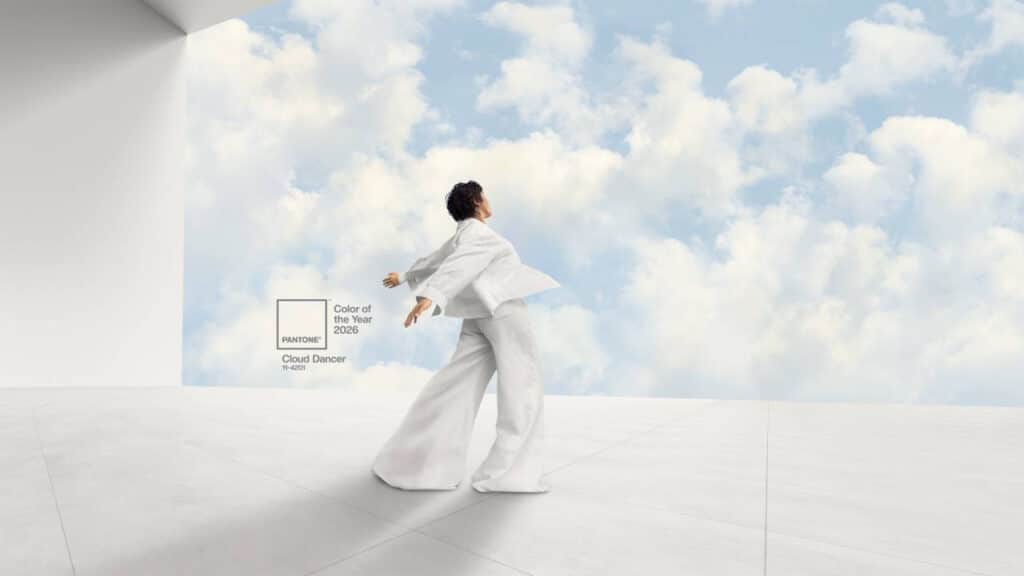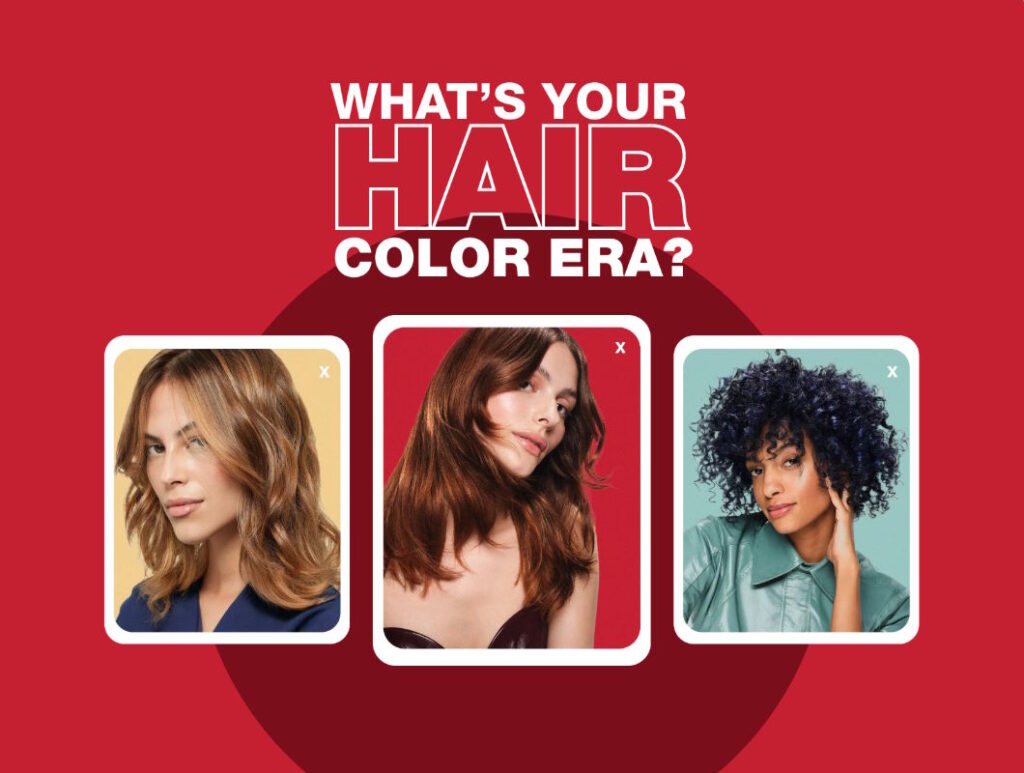Before the Beach, Know the Backstory: The Real History of the Brazilian Wax
It might be bikini season, but if you’re booking a wax before your next beach day, there’s more history under that strip than you might think. The Brazilian wax isn’t just a beauty ritual — it’s a global trend with roots in ancient empires, 1980s Brazil, and one very famous Manhattan salon.
The Brazilian Wax Didn’t Start in Brazil (Exactly)
Hair removal is as old as Cleopatra. According to the International Day of Waxing, Ancient Egyptians used pumice stones and beeswax to eliminate body hair. Sugaring — a method made from lemon juice, sugar, and water — was popular across the Middle East and remains a go-to today. In Rome, the absence of body hair was considered a mark of wealth. Centuries later, Queen Elizabeth I made facial hair removal fashionable.
Fast-forward to the 20th century: as swimsuits got skimpier, women looked for new ways to stay smooth. In the 1940s and ’60s, a nylon shortage and the rise of bikinis increased interest in hair removal. However, it wasn’t until the late 1980s that the Brazilian wax as we know it arrived in the United States.
Meet the J. Sisters: How the Brazilian Wax Took Over Manhattan
In 1987, seven sisters from Vitoria, Brazil, opened a salon on 57th Street in New York City. According to Women’s Wear Daily, Jonice Padilha and her sisters introduced a full pubic wax inspired by Brazil’s thong bikini culture. At first, they were unsure how clients would react. But after one successful service and a wave of referrals, the style spread. “It went everywhere. Like a disease,” Jonice told WWD.
The J. Sisters didn’t invent hair removal, but they did revolutionize it. They brought the “Brazilian” to New York and, eventually, the rest of the U.S. Their clientele quickly became elite: Roberta Flack was first, followed by Carolyn Bessette-Kennedy, and Marci Klein. But it was Gwyneth Paltrow who really blew the lid off.
The Gwyneth Effect: Why Everyone Suddenly Wanted a Brazilian Wax
Paltrow didn’t just get a Brazilian wax — she thanked the J. Sisters with a signed photo that read, “You changed my life.” That image, circulated in the late ’90s, made people curious. What exactly was so life-changing?
Then came pop culture. In a 2000 episode of Sex and the City, Carrie Bradshaw exclaimed, “She took everything I’ve got!” after a surprise Brazilian wax. According to WWD, that scene catapulted the style into mainstream consciousness.
Soon, Brazilian waxes were everywhere: in salons, on runways, and all over red carpets. Naomi Campbell has been a loyal client for more than 25 years, Jonice said. She still charges around $700 for at-home visits.
What Makes a Brazilian Wax… Brazilian?
The difference between a bikini line wax and a Brazilian wax is all about coverage. As Glaminator Beauty Bar explains, a basic bikini wax trims hair at the edges of the swimsuit line. A Brazilian wax removes hair from the pubic bone, labia, and around the back, sometimes leaving a thin strip in the front. That full hair-free effect? It’s what made it iconic.
The look was born out of necessity: Brazilian beachwear in the ’80s left little room for modesty. But when the J. Sisters brought it to New York, the idea was both practical and, for many, empowering.
Why the Brazilian Wax Still Has a Hold on Pop Culture
According to WWD, #brazilianwax has more than 2.5 billion views on TikTok. Even with laser hair removal on the rise, Jonice Padilha isn’t worried. She says the Brazilian wax lives on thanks to the “Brazilian way” of doing things: no pressure, just results. “We have the encouragement to show them instead of selling to them,” she told WWD.
Plus, as she admits, the idea of being “a little bit Brazilian” plays into global stereotypes of sexiness and self-care. It’s also why the service endures: it gives people a feeling, not just a look.
From Cleopatra to TikTok: The Legacy of the Brazilian Wax
Waxing has long symbolized beauty, hygiene, or privilege, depending on the era. But the Brazilian wax carved out its own space. It turned personal grooming into a cultural moment, thanks to a few Brazilian sisters who weren’t afraid to show a new kind of confidence.
As summer approaches, it’s not just about what you’re wearing — it’s about how history, pop culture, and one Manhattan salon changed the way we prep for the season.




